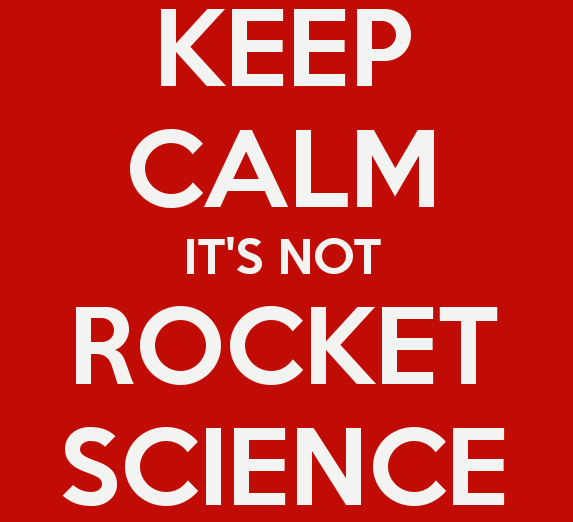As I sit here noshing on jelly beans from my Easter basket (yes, my Mom still makes me one every year . . . I love Peeps), I started thinking about how junk food can be addictive. Maybe candy or chocolate isn’t your trigger food. Maybe your trigger is potato chips, pizza, beer or doughnuts. Chances are that you have a trigger junk food (or less than healthy food) that can occasionally set you off on a binge or a vicious cycle of food cravings. And, chances are, you’ve gone overboard at least once. How on earth can you get yourself back on track after a binge on a trigger food? Well, here are a few quick tips.
- Get the trigger food out of the house. Seriously. If you cannot keep yourself from eating it, don’t bring it into the house. There’s a reason I don’t keep ice cream in my freezer.
- Go back to (or start) including protein, fat and fiber from whole foods at every meal. The combination of good protein, healthy fats and fiber from vegetables, fruits and a small amount of whole grains slows down your digestion, i.e., slows down the rate at which your blood sugar rises. When we keep our blood sugars stable, cravings for sweets tend to be reduced.
- Reduce your intake of added sugars (if you are a sweets addict). I said ADDED sugars, not NATURALLY occurring sugars. The problem is not the naturally occurring sugars present in fruits, vegetables and whole grains. It’s the added sugar from processed foods. If you read a label and it contains high fructose corn syrup, maltose, sucrose, cane sugar, corn sweetener, raw sugar, fruit juice concentrates, brown sugar, turbinado sugar, brown rice syrup, molasses, honey, agave nectar, malt syrup, maple sugar, etc. it’s got added sugar. The more processed it is, the more likely that it’s got added sugars. The American Heart Association recommendation for most American women is no more than 100 calories or about 6 teaspoons of sugar per day. For men, it’s 150 calories or 9 teaspoons of sugar per day. It’s not a lot. Start reading labels. It will go a long way towards reducing your sugar intake.
- Reduce your salt intake (if you are a salty snack addict). Again the American Heart Association recommends less than 2300 mg of sodium/day. If you’ve got additional risk factors, the recommendation is less than 1500 mg/day. Americans typically eat more than 3400 mg/day. Again, read your labels. It’s the processed foods that’ll get you every time.
- Continue to exercise or train. Exercise can help moderate blood sugars. It can also help suppress the hormones that cause our junk food cravings to get out of control.
- Make sure you are catching enough ZZZZZZZ’s. When we fail to get enough sleep, we create an imbalance of too low leptin and too high gherlin hormones. Leptin tells us we are full. Gherlin tells us that we’re hungry. So, not only are we awake longer with more opportunities to eat, we are safety-wired in the hungry position. Get some sleep to make it easier to say no to trigger foods. Most research shows adults should get 7 – 9 hours of sleep each night.
- Get back on track with hydration. If you haven’t been drinking enough water, up the hydration. Sometimes we mistake thirst for hunger, which doesn’t help us in regards to trigger foods.


Thanks! Junk food is addictive:( I am going to hang these tips us on the fridge 🙂